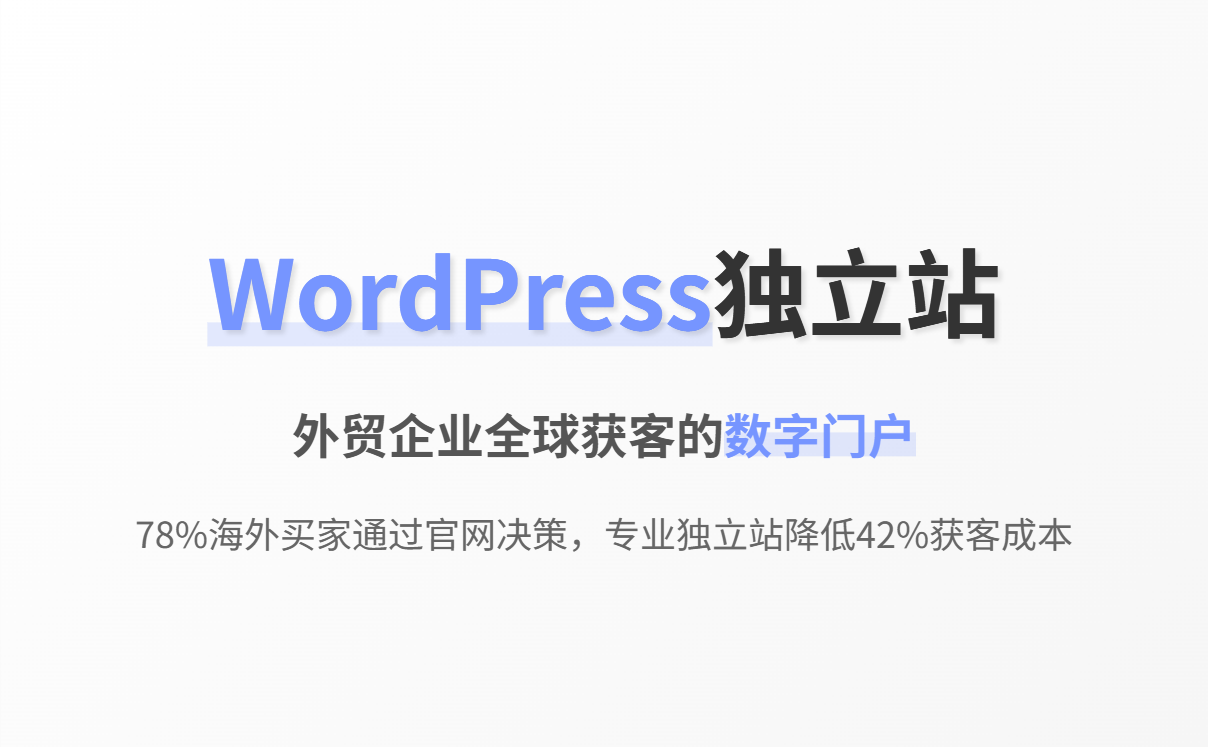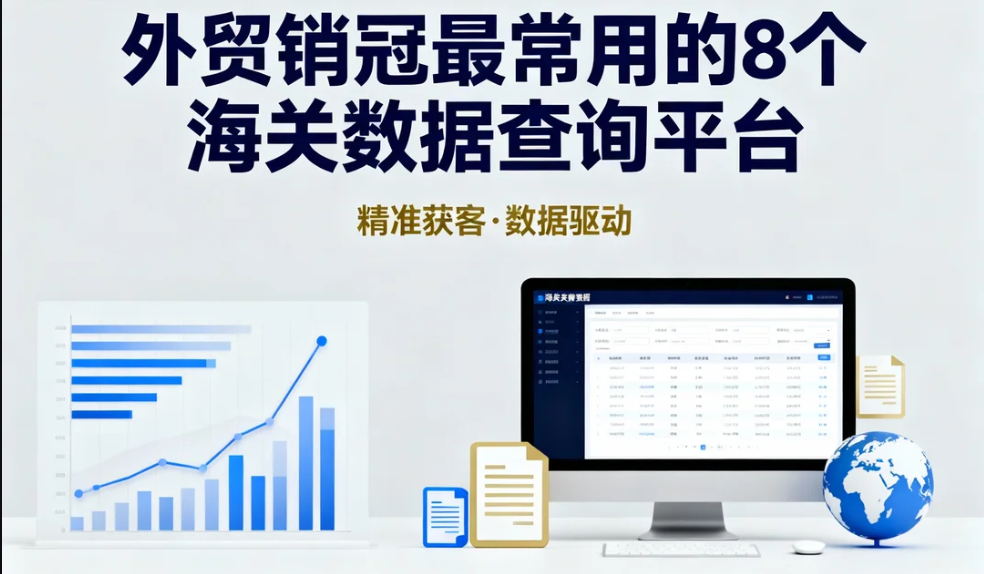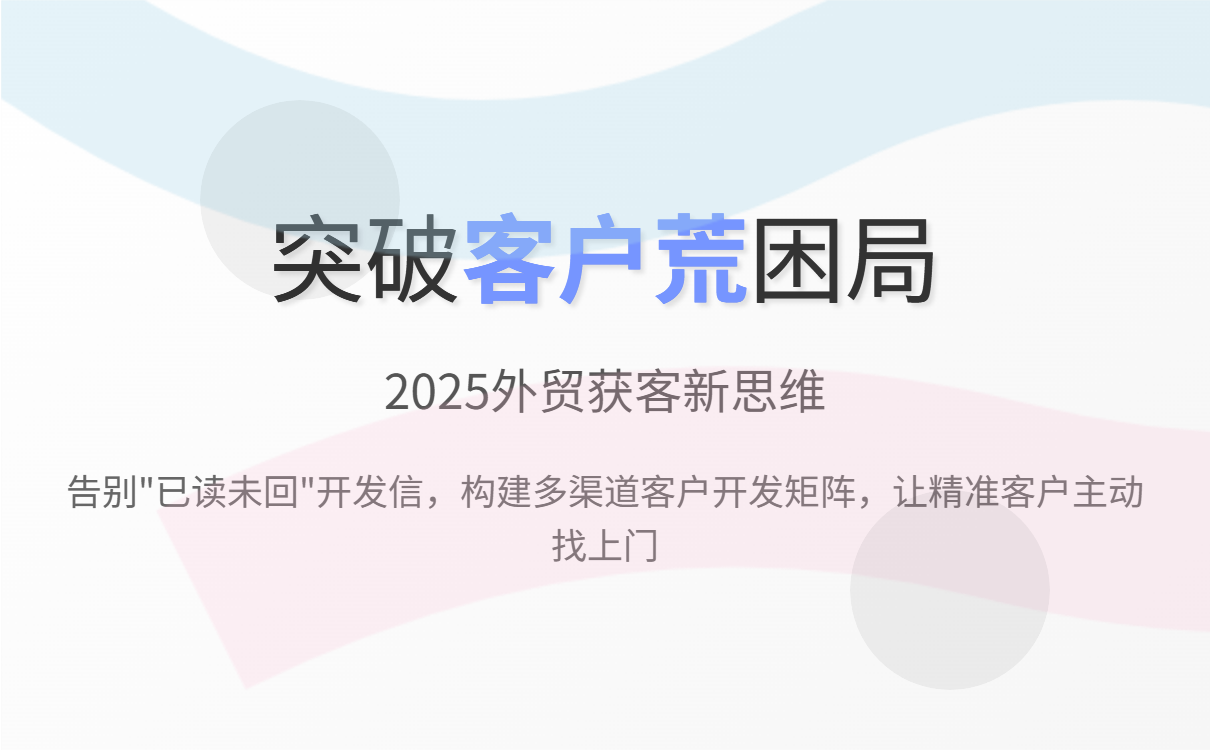
In today's fiercely competitive international trade environment, discovering and targeting high-potential buyers is paramount for sustainable business growth. Customs data has emerged as a critical resource to uncover genuine procurement demand beyond traditional sourcing methods. This article explores proven methodologies such as keyword matching, transaction frequency analysis, and product category clustering to effectively filter valuable B2B clients from vast import-export records. We also discuss common pitfalls including overreliance on single data sources and neglecting niche markets, while offering actionable solutions. Lastly, discover how the AB Customer Rapid Acquisition Engine supports global exporters in boosting lead quality and conversion rates through advanced data-driven tools.
Customs data, sourced from verified import-export declarations, reflects real transactional behavior between global buyers and sellers. Unlike self-reported data or directory listings, it captures actual shipment volumes, product classifications, and trading partners, thus serving as a reliable proxy for purchasing activity. For exporters, systematically mining this data reveals:
By prioritizing leads backed by data rather than cold outreach, businesses can allocate resources more efficiently and increase conversion potential.
One of the first steps in parsing customs data is keyword matching to align product descriptions and HS codes with your export portfolio. Key best practices include:
| Technique | Description | Expected Impact |
|---|---|---|
| Multi-term Parsing | Using flexible keyword sets and product synonyms for expanded search coverage. | +20% lead pool accuracy |
| HS Code Alignment | Cross-verifying product keywords with Harmonized System classification to reduce false positives. | +15% precision in identifying purchase intent |
| Language Localization | Incorporating synonyms and keyword variants in target buyer languages (e.g., Spanish, German). | Broader reach with culturally relevant matches |
Transaction frequency is a powerful indicator of buyer reliability and budgeted demand. Analysis typically involves:
For example, exporters targeting machinery parts may filter buyers importing those goods at least three times in the past six months—signaling stable sourcing relationships.
Applying clustering algorithms to group similar product types can uncover adjacent demand segments often overlooked. This approach facilitates:
For instance, a chemical exporter might identify buyers importing both pharmaceutical excipients and cosmetic additives, enabling cross-selling opportunities.
Consider a mid-sized electronic components manufacturer seeking new clients in Southeast Asia. By integrating customs data analysis with keyword matching for specific IC chip types, the company filtered a shortlist of 150 importers with at least four shipments over the past year. Clustering these buyers by product variant revealed 30 that also handled surface-mount devices, a lucrative niche. Preliminary outreach informed by this data yielded a 25% lead-to-quote conversion rate versus the industry average of 12%, demonstrating enhanced efficiency.

When approaching prospective buyers identified through customs data:
Maintaining a respectful tone and patience is vital since international B2B deals often require multiple touchpoints.
Several common mistakes can undermine customs data-driven lead generation efforts:
Countering these issues involves integrating multi-source data, considering qualitative factors, and periodically revisiting filtering criteria.

The AB Customer Rapid Acquisition Engine combines advanced algorithms, real-time customs data, and AI-powered lead scoring to streamline your export sales funnel. Key features include:
By leveraging this platform, exporters have reported up to 40% increase in qualified lead conversion within six months.

.png?x-oss-process=image/resize,h_100,m_lfit/format,webp)
.png?x-oss-process=image/resize,h_100,m_lfit/format,webp)

.png?x-oss-process=image/resize,h_100,m_lfit/format,webp)
.png?x-oss-process=image/resize,h_100,m_lfit/format,webp)
.png?x-oss-process=image/resize,h_100,m_lfit/format,webp)
.png?x-oss-process=image/resize,h_100,m_lfit/format,webp)
